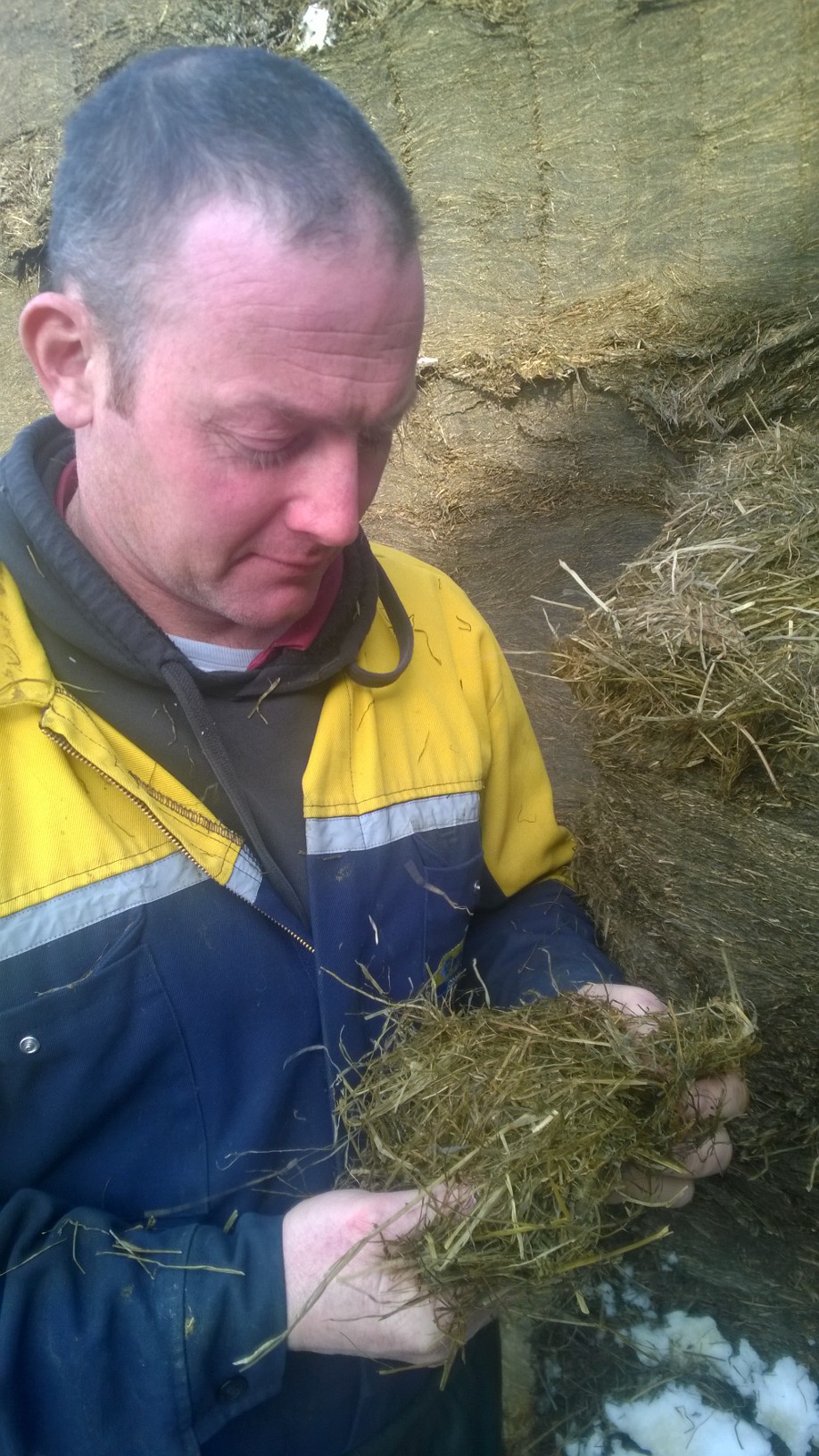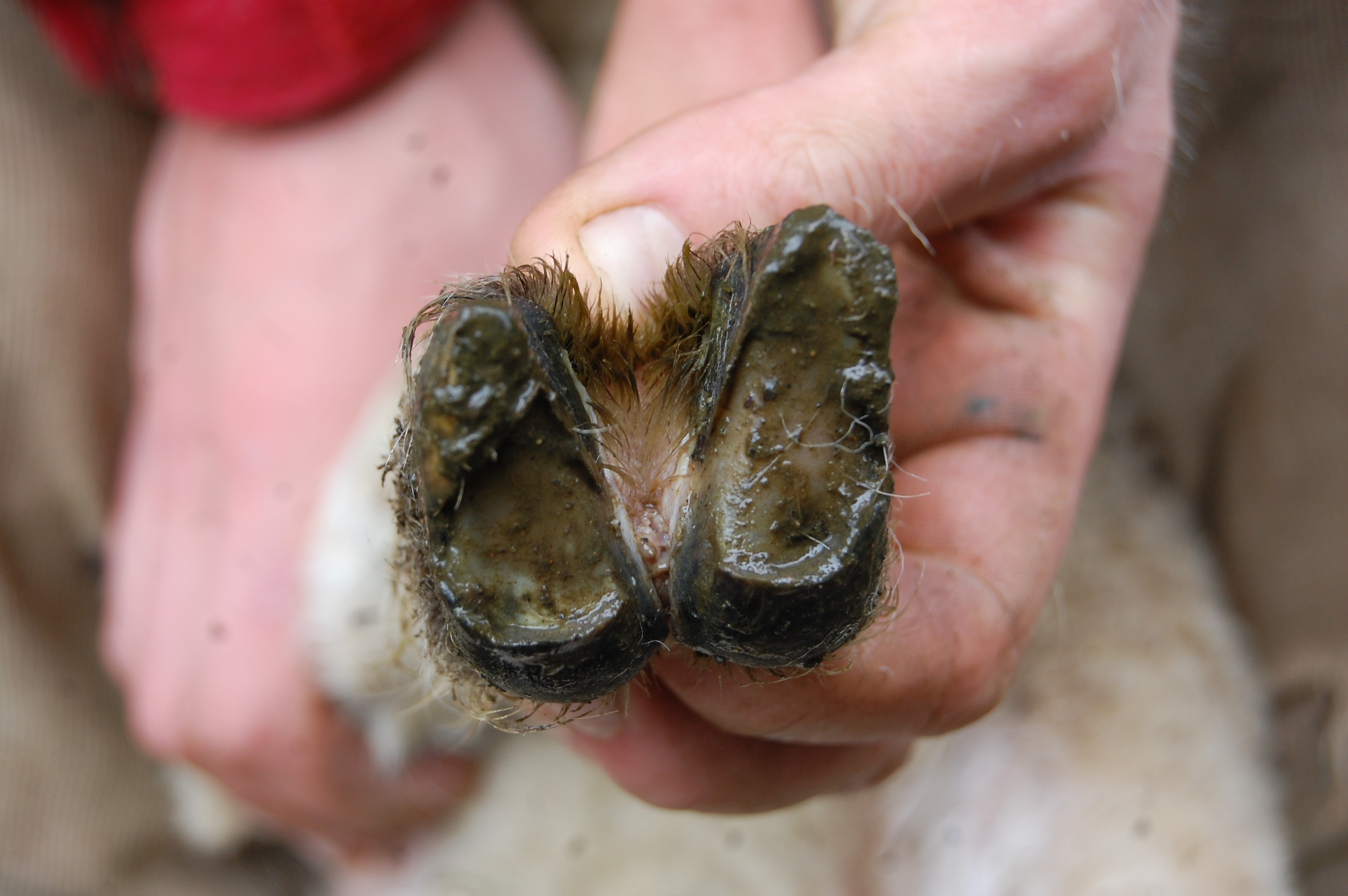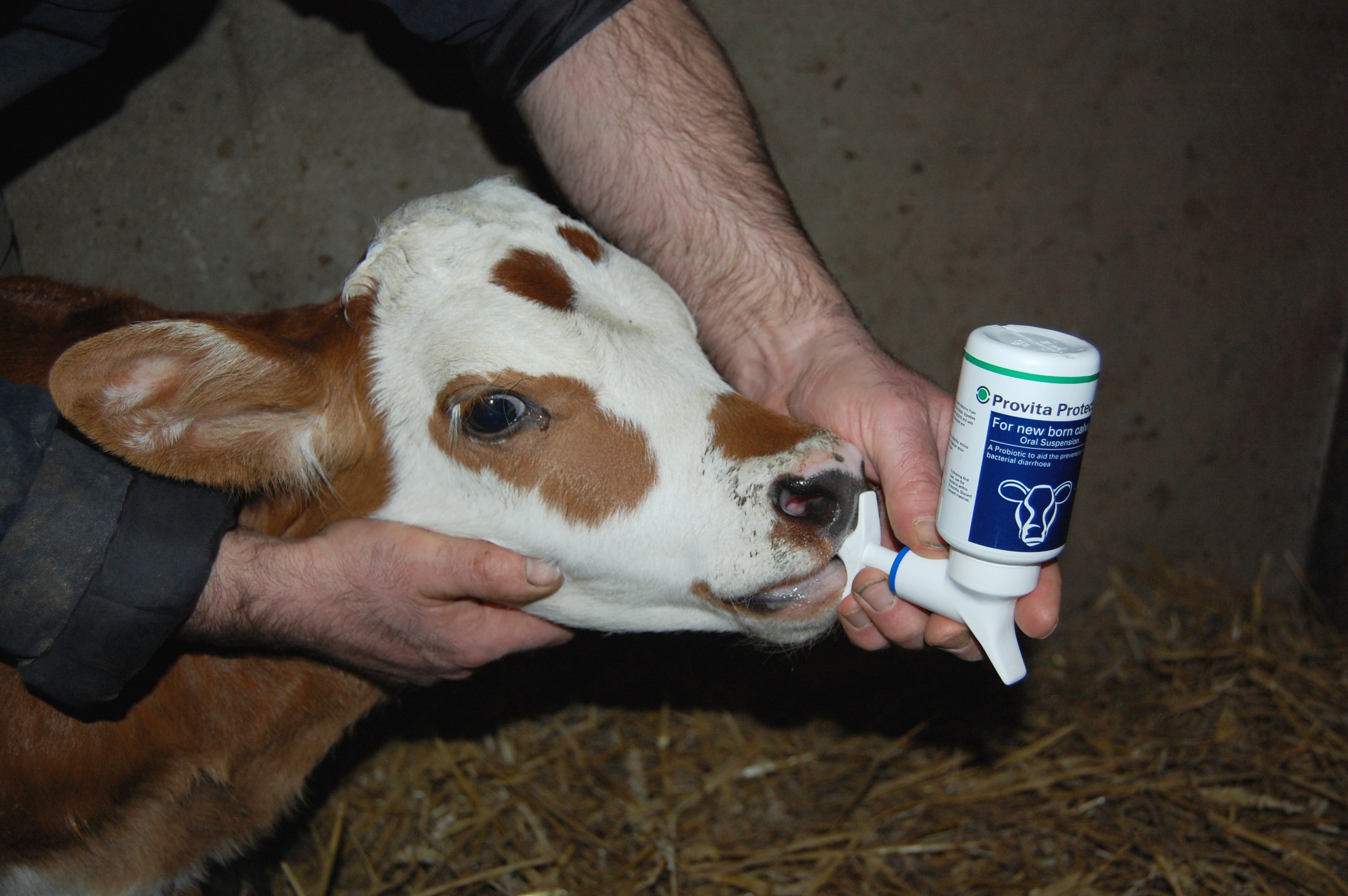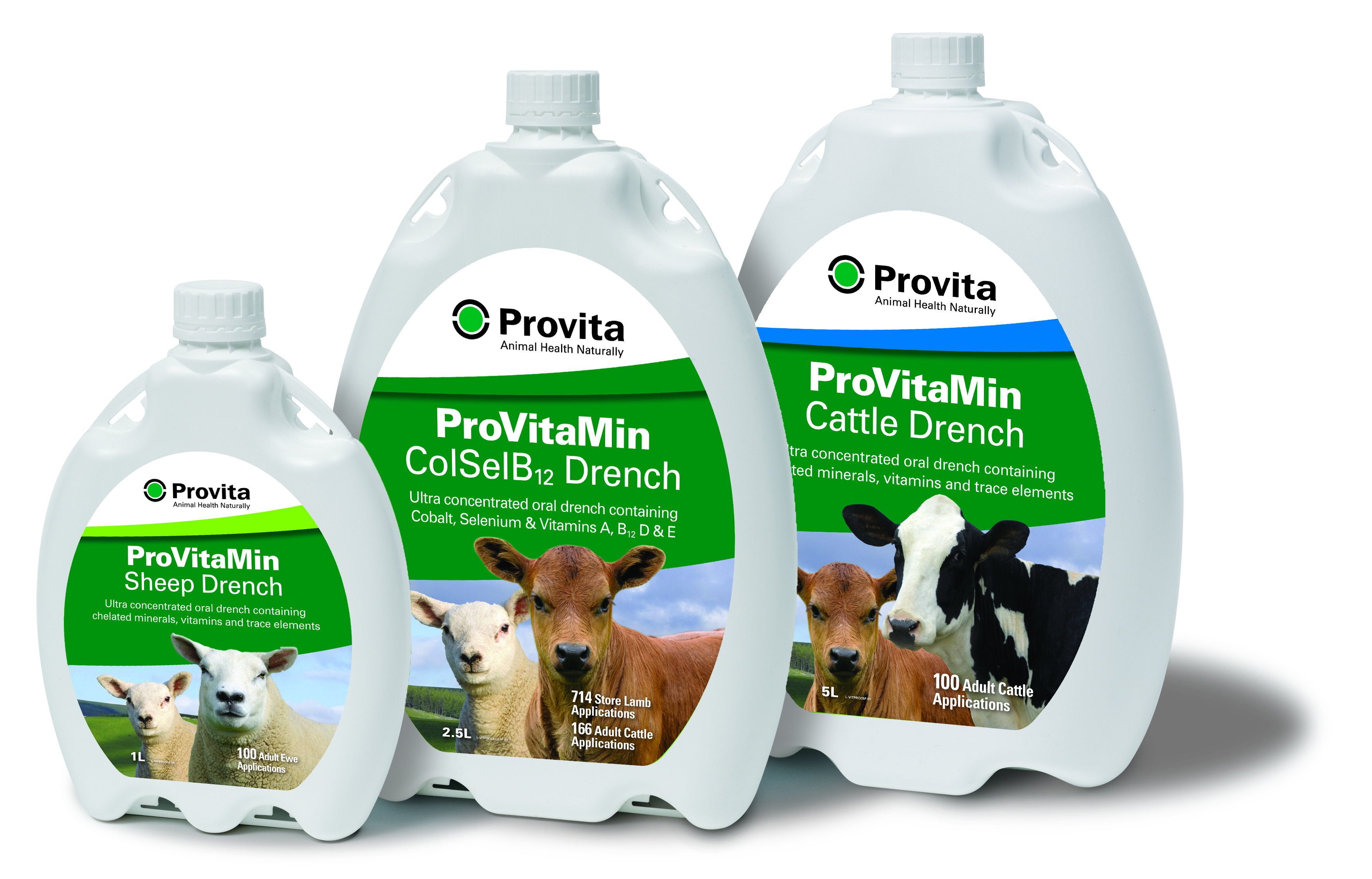Provita are encouraging farmers to test the effects of their silage inoculant on their own farm.
With current prices many farmers will be asking the questions of every ingredient supplier do I need this, will it work and what benefit if any will it give me.
With silage inoculants it can be difficult to see the promised benefits on farm as each year, cut, field and farm is different.
One of the ways these questions can be answered is by farmers themselves making their own mini-silo tests. These can be used to assess treated verses untreated or one brand verses another.





